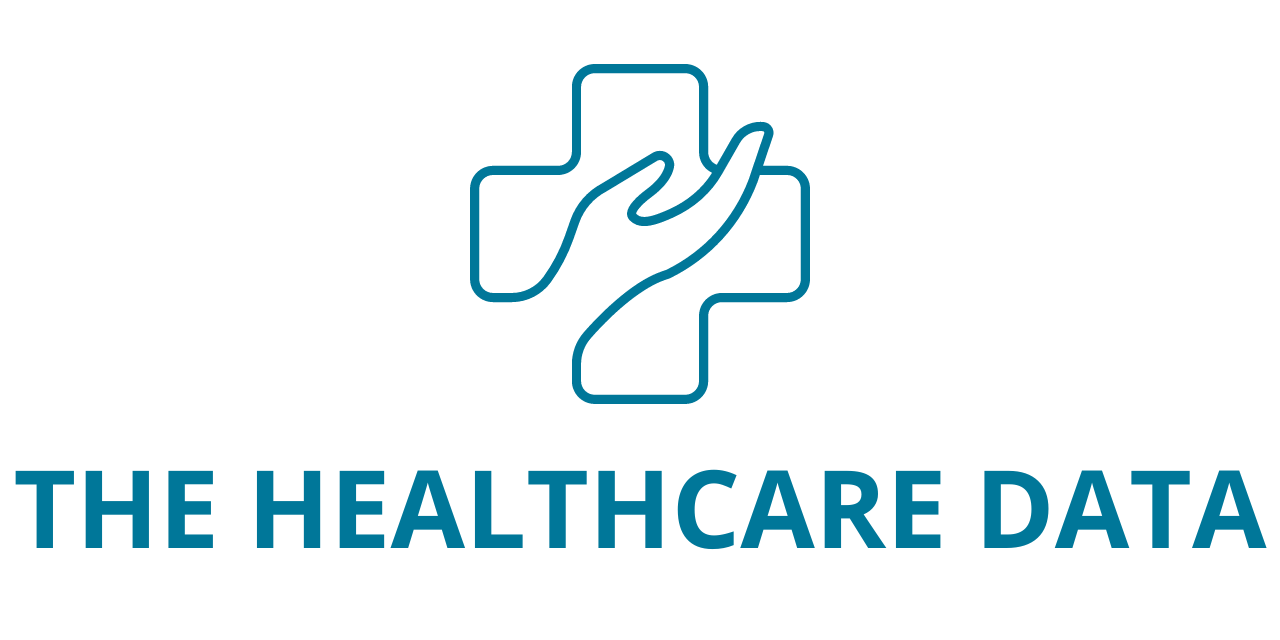ACC 2025: Sensydia CPS™ Accurately Assesses Mean Pulmonary Artery Pressure Non-Invasively
Sensydia, a clinical-stage company focused on non-invasive cardiac assessments, recently showcased promising clinical findings from a study on its AI-powered Cardiac Performance System (CPS™) at the American College of Cardiology (ACC) 2025 Annual Scientific Session & Expo. The study, led by investigators from the University of Minnesota, highlighted the effectiveness of CPS in evaluating mean pulmonary artery pressure (mPAP) in heart failure and pulmonary hypertension patients.
The CPS technology employs heart sound analysis to detect early signs of cardiac dysfunction and guide treatment. Unlike traditional methods, which rely on invasive procedures like echocardiography and right heart catheterization (RHC), CPS provides a non-invasive, portable, and fast alternative. These traditional techniques are not only resource-intensive but also limited to medical facilities and provide only snapshot data. In contrast, CPS can be used repeatedly, anywhere, with minimal training, offering continuous, real-time data that can aid in better patient management.
At the ACC 2025, Sensydia presented a poster titled “Non-Invasive Hemodynamic Monitoring Using AI to Determine Pulmonary Artery Pressures”, highlighting the findings from a study involving 50 patients who were undergoing routine right heart catheterization. CPS successfully measured mPAP in 40 of the subjects. The study demonstrated that CPS could accurately identify patients with elevated mPAP, with diagnostic accuracy values showing an area under the curve (AUC) of 0.80 for mPAP greater than 35mmHg and 0.77 for mPAP greater than 30mmHg.
The study also noted that no adverse reactions or complications arose from the non-invasive CPS measurements. Patients tolerated the procedure well, further emphasizing its safety and ease of use. These findings are significant for clinicians, as they suggest that CPS could serve as a reliable alternative to the invasive RHC method, potentially transforming how pulmonary hypertension and heart failure are monitored.

As Tamas Alexy, MD, PhD, from the University of Minnesota, stated, “CPS offers a fast, non-invasive, and accurate tool to assess hemodynamics that could transform heart failure care. The ability to track changes in pulmonary artery pressure (PAP) with CPS can empower clinicians to make more informed and timely treatment decisions for patients with heart failure.” This real-time data is especially valuable in clinical settings, enabling healthcare providers to monitor patients more efficiently, whether in the clinic or remotely.
The positive results from the study underline the potential of CPS to reduce the need for hospital-based monitoring and facilitate earlier intervention. Its non-invasive nature and ease of use mean that it could be used both in healthcare facilities and at home, allowing for better management of chronic conditions like heart failure and pulmonary hypertension.
Attendees of ACC 2025 were invited to visit Sensydia’s booth (#8029) for an in-depth look at CPS technology and its potential to revolutionize heart failure management. The demonstration gave attendees a closer look at how CPS could be integrated into routine clinical practice and its potential to improve patient outcomes by providing consistent and accurate hemodynamic assessments.
While CPS technology is still under development and has not yet received FDA approval, the results from this study represent an important step toward making it a viable tool for improving patient care. In 2018, Sensydia received FDA 510(k) clearance for non-invasive measurement of ejection fraction using its first-generation CPS hardware, and the company continues to innovate in the field of non-invasive cardiac monitoring.
In conclusion, the recent presentation at ACC 2025 demonstrated the promising capabilities of Sensydia’s CPS in providing accurate, non-invasive measurements of pulmonary artery pressure. As a potential alternative to invasive procedures like right heart catheterization, CPS could play a key role in transforming how clinicians monitor and treat patients with heart failure and pulmonary hypertension, ultimately improving patient outcomes and reducing the burden on healthcare systems.





